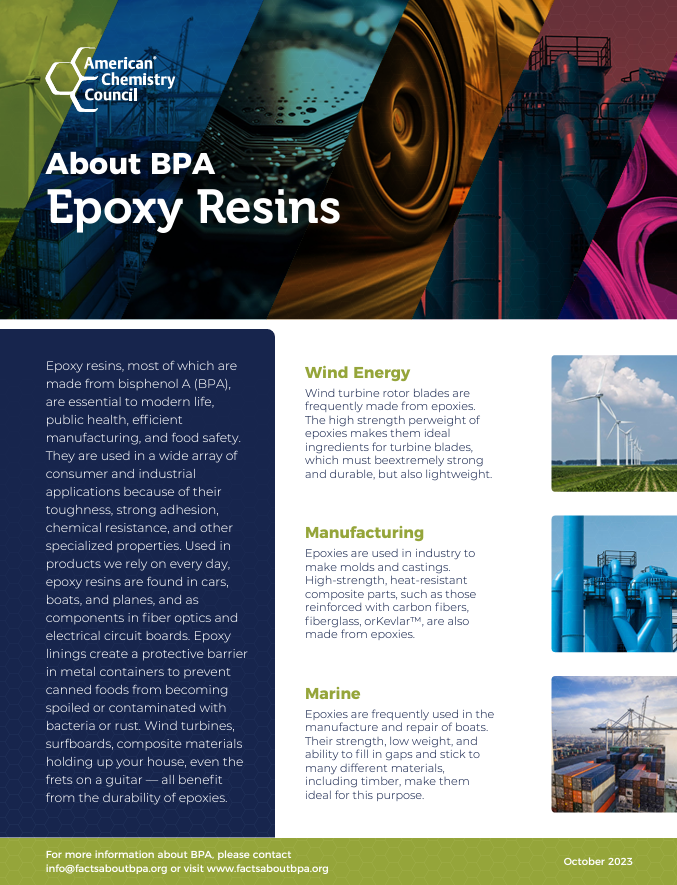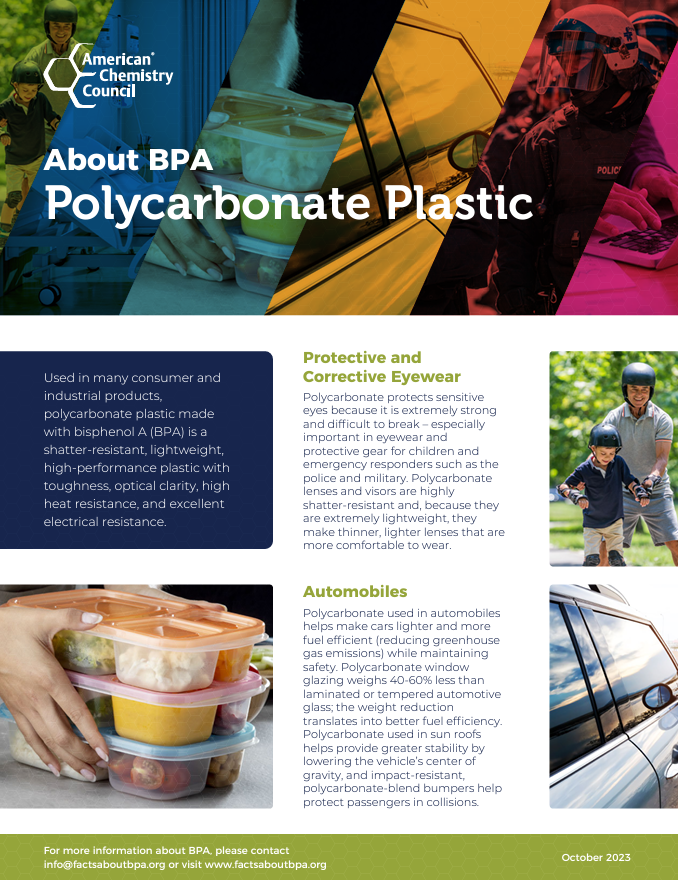BPA in Food Packaging
Bisphenol A (BPA) is used to make polycarbonate plastic and epoxy resins, both of which have been approved for decades by the U.S. Food and Drug Administration and numerous other government agencies worldwide, for use in food-contact applications. Concerns about BPA in food packaging and storage containers, while understandable, are vastly overstated.
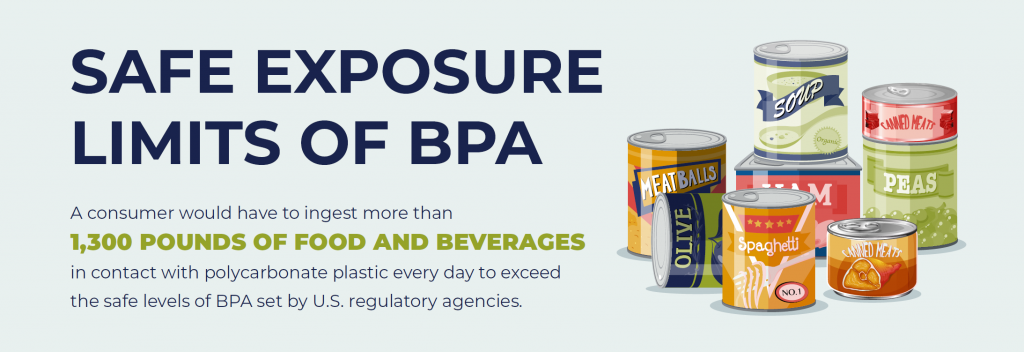
Polycarbonate Plastic
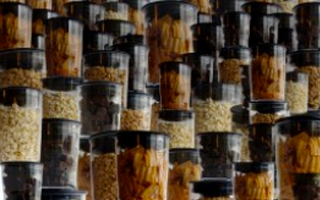
This lightweight, shatter-resistant plastic provides a clear view of food in durable and heat-resistant storage containers, which helps keep food fresh. Polycarbonate food containers are reusable and resist stains for many dishwasher cycles.
Polycarbonate plastic provides important performance benefits in food storage materials. Because of its durability and toughness, restaurants and cafeterias gain from using the sturdy, clear polycarbonate food service equipment that contribute to safety, provide low-cost storage and can withstand extensive day-to-day use. Polycarbonate plastic can sustain numerous sanitation methods and be used safely for many years.
Epoxy Resins
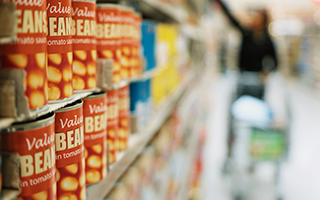
By protecting food from contamination and spoilage, cans with epoxy resin linings have a shelf life of two years or longer. Food banks, families on a budget, and others benefit from the extended shelf-life of canned foods made possible with BPA.
